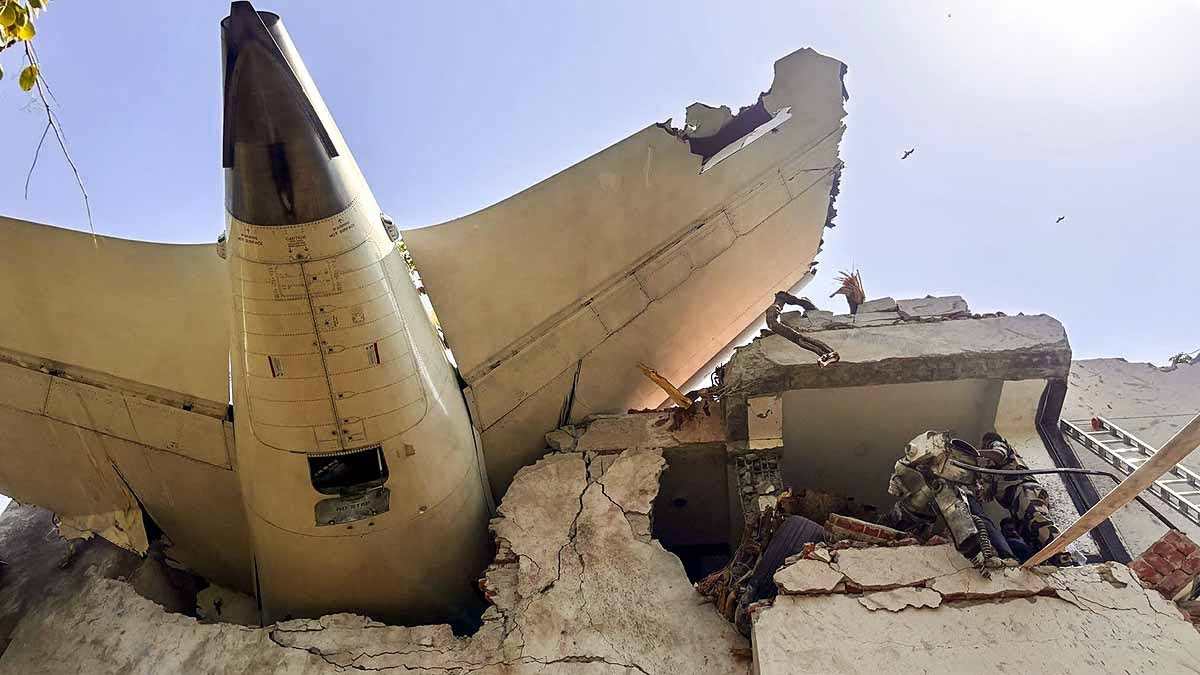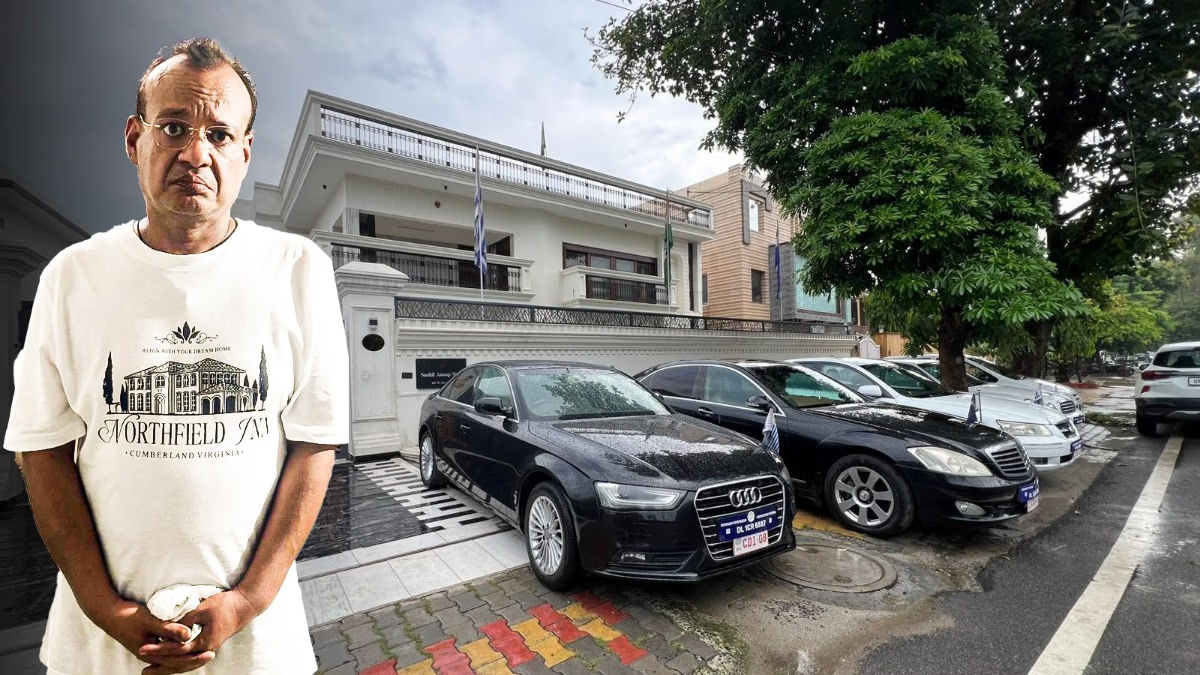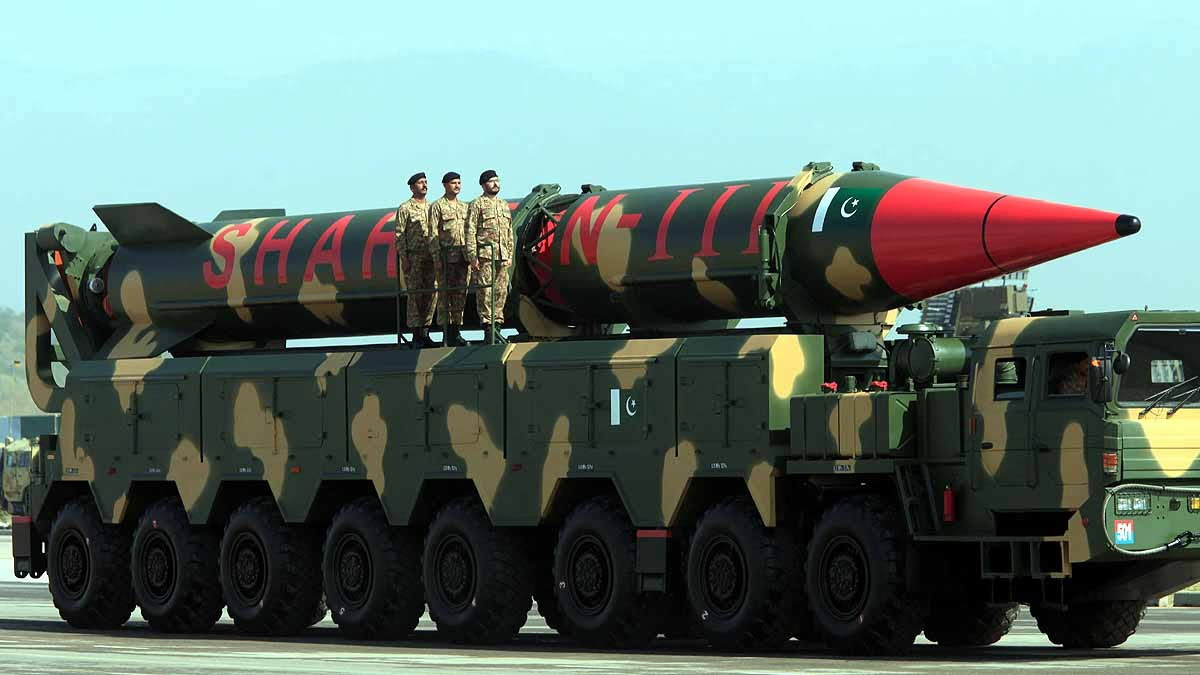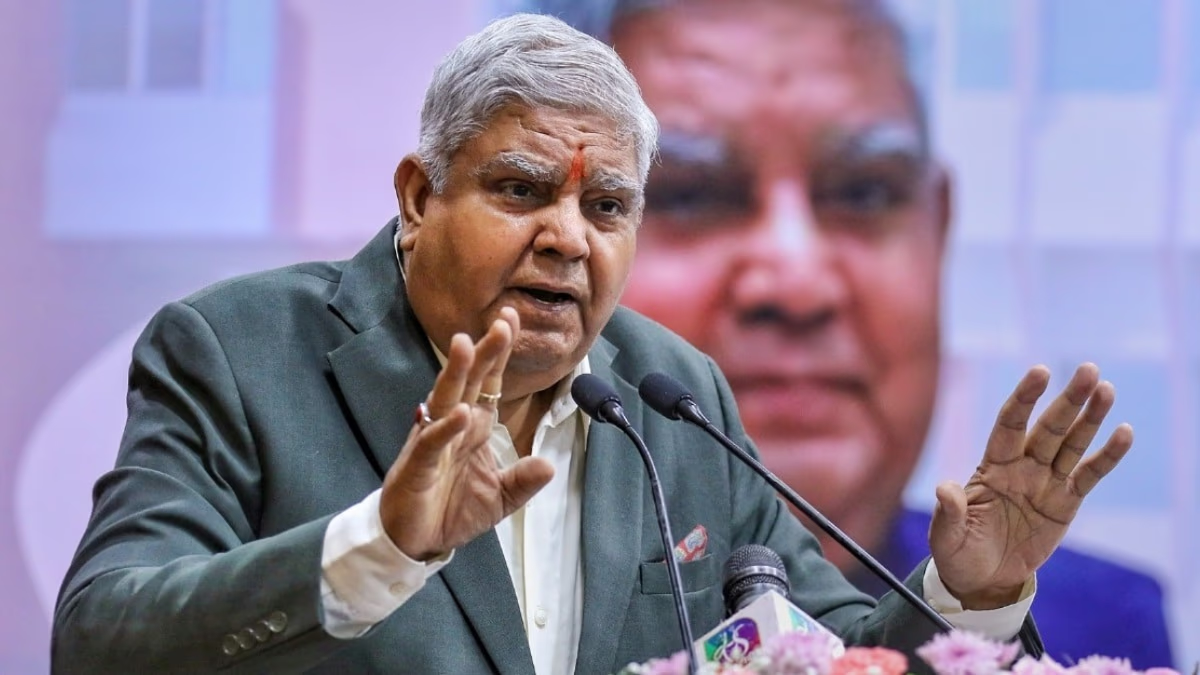The tragic crash of Air India Flight AI 171 in Ahmedabad shook the entire nation. The Boeing 787-8 Dreamliner, en route from Ahmedabad to London, crashed into the hostel of BJ Medical College just 32 seconds after takeoff. The accident claimed the lives of 260 people, including 241 passengers and crew members. On the ground, 19 people were killed, and 67 were seriously injured.
Now, the Aircraft Accident Investigation Bureau (AAIB) is investigating the incident. Top sources from India Today have indicated that the final report will be released in 6 to 8 months, revealing the complete truth behind the accident. Let's delve into how the AAIB is proceeding with its investigation and what data from the Cockpit Voice Recorder (CVR), Flight Data Recorder (FDR), and debris will unravel.
AI 171 Accident: What Happened?
On June 12, 2025, at 1:39 PM IST, Air India's Flight AI 171 took off from Ahmedabad Airport. Onboard were 230 passengers, 10 cabin crew, and 2 pilots: Captain Sumeet Sabharwal and First Officer Clive Kunder. Just 3 seconds post-takeoff, the fuel supply to both engines ceased.
Read More:
The fuel control switches autonomously shifted from RUN to CUTOFF position. The cockpit voice recording captures one pilot questioning the other about the fuel cutoff, with the second denying responsibility. Subsequently, the aircraft plummeted from 625 feet, crashing into the hostel of BJ Medical College.
On July 8, 2025, the AAIB released a 15-page preliminary report, attributing the crash to fuel starvation as both engines experienced fuel switch shutdowns within a second apart. However, the reasons for this shutdown remain a mystery yet to be solved by the AAIB's final report.
AAIB Investigation: How Is It Proceeding?
The AAIB (India's Aircraft Accident Investigation Bureau) is thoroughly investigating the accident. The American NTSB (National Transportation Safety Board), the UK's AAIB, Boeing, General Electric (engine manufacturer), and experts from the Indian Air Force and Hindustan Aeronautics Limited (HAL) are assisting. According to India Today sources, the final report will be compiled using these significant datasets...
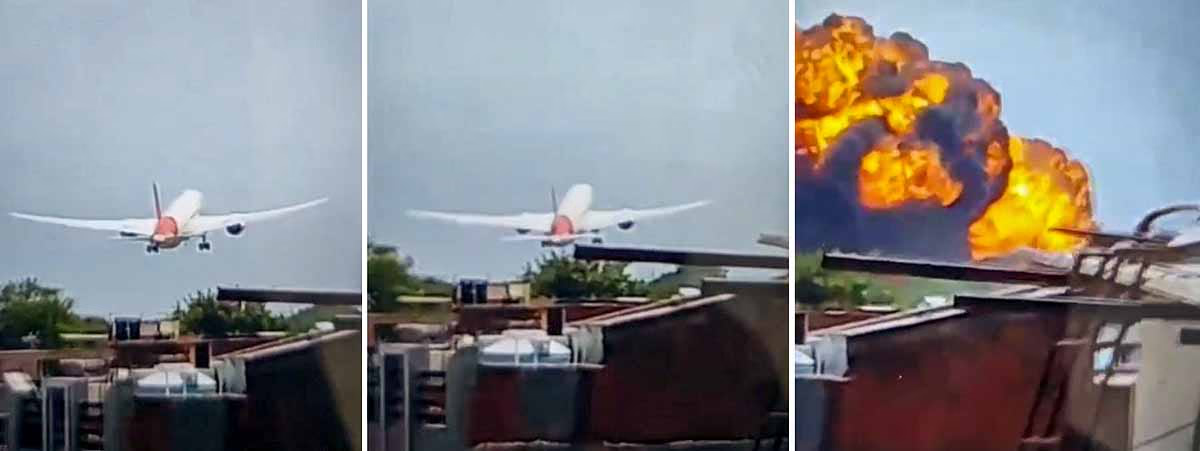
Source: aajtak
Cockpit Voice Recorder (CVR)
This component of the aircraft's black box records cockpit conversations, alarms, and all surrounding sounds.
The first CVR was found on a rooftop on June 13, and the second within the wreckage on June 16. Both were sent to the AAIB lab in Delhi on June 24.
CVR data analysis is ongoing, which may reveal events leading to the accident and whether any warnings or errors occurred.
Flight Data Recorder (FDR)
The second part of the black box records technical data of the aircraft; Boeing 787 logs over 2,000 parameters, including engine speed, fuel flow, altitude, and speed.
FDR data will help determine why the fuel switches turned off, revealing any engine malfunctions or system failures. Analysis is underway at the AAIB lab in Delhi.
Read More:
Wreckage Data
Every piece of the aircraft from the crash site was collected and stored in a large hangar in Ahmedabad. These fragments are being reassembled like a puzzle to recreate the aircraft's structure.
OEMs like Boeing and General Electric are examining these pieces. The engine blades and casing, for instance, will indicate whether the engines were functioning during the crash.
The wreckage may also reveal defective parts or external factors (like birds) that contributed to the accident.
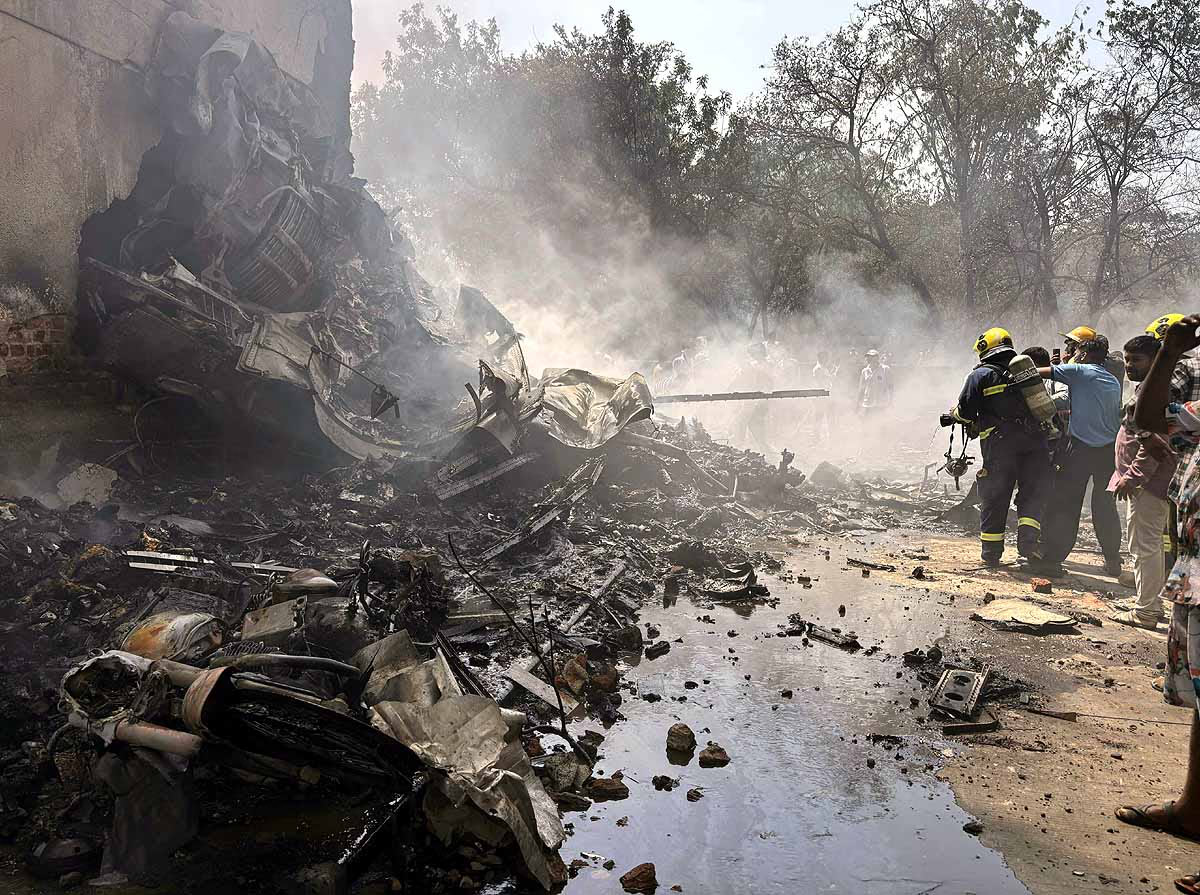
Source: aajtak
What Will the Final Report Contain?
The AAIB's final report will answer these questions...
Why did the fuel switches turn off? Was it pilot error, a technical fault, or an issue with the Electronic Control Unit (ECU) that shut off the switches autonomously?
Did another system fail? The preliminary report noted the activation of the Ram Air Turbine (RAT), indicating a major system failure. Was the crash caused by RAT?
Why didn't the landing gear retract? The landing gear was found in the down position in the wreckage, implying an attempt to retract it failed due to a power shortage.
Was there a fault with Boeing or the engine? The FAA had warned of potential faults in Boeing 787's fuel control switches in 2018. Did Air India heed this warning?
According to India Today sources, these three datasets (CVR, FDR, wreckage) will be integrated to form a complete picture of the accident. Additionally, airport CCTV footage, aircraft maintenance records, and pilot training data are also under scrutiny.
Read More:
Why a 6-8 Month Wait for the Final Report?
The AAIB states that investigating such a major accident takes time. The 6 to 8-month timeframe is due to...
Data Analysis Duration: CVR and FDR have thousands of data points to be meticulously examined.
Wreckage Complexity: Reassembling the aircraft and examining each part is extensive work.
International Protocols: According to ICAO (International Civil Aviation Organization) rules, investigations must be transparent and accurate.
Collaboration: Working alongside organizations like Boeing, General Electric, and NTSB requires time.

Source: aajtak
Controversies and Questions
The preliminary report sparked several controversies...
Allegations Against Pilots:
Some Western media, including the Wall Street Journal and Corriere della Sera, claimed that Captain Sumeet Sabharwal intentionally or mistakenly shut off the fuel switches. The AAIB and NTSB have denounced these as “premature and irresponsible.”
Pilot Unions' Ire:
The Indian Commercial Pilots Association (ICPA) and the Airline Pilots Association of India (ALPA) have criticized the allegations, stating it's wrong to blame pilots without a complete investigation.
Absence of CVR Transcript:
The preliminary report only provided a single line of the CVR conversation, raising concerns of concealment by the AAIB.
Boeing's Silence:
Boeing stated they would await the AAIB's findings before commenting. Questions linger regarding the 2018 FAA warning of potential faults in the Boeing 787's fuel switches.
AAIB Director General GVG Yugender emphasized that their investigation's goal is solely to uncover the truth. The final report will bring everything to light, and the media and public are urged not to jump to conclusions.
